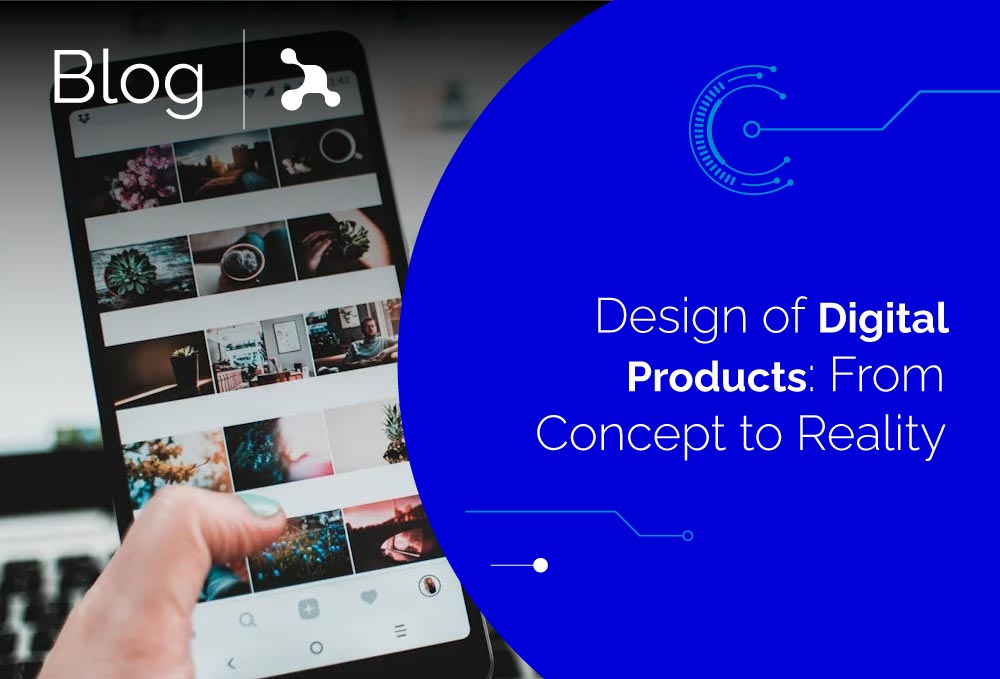The design of digital products has evolved significantly in recent years, transitioning from a linear process to a more iterative and user-centered one. In this article, we will explore the complete process of designing digital products, from the ideation phase to final implementation. Additionally, we will highlight key tools and methodologies, such as agile design and user-centered design, which are essential for creating successful digital products.
Phase 1: Ideation
The process of designing digital products begins with the ideation phase, where ideas for the product are generated and explored. During this stage, it is crucial to foster creativity and collaboration among the team. Tools such as brainstorming sessions, empathy maps, and user journey maps can help identify user needs and desires and generate innovative ideas to meet them.
Phase 2: Research and Validation
Once some promising ideas have been generated, it is important to conduct further research to validate them. This may include gathering user data, conducting interviews
and usability tests, and analyzing the competition. The goal is to better understand user needs and behavior and ensure that the proposed product solves a real problem.
Phase 3: Design and Prototyping
With validated ideas, the design team can move on to the design and prototyping phase. During this stage, high-fidelity designs and interactive prototypes are created to represent how the final product will look and feel. Tools such as Adobe XD, Sketch, and Figma are commonly used by designers to create prototypes and collaborate in real-time with other team members.
Phase 4: Development and Implementation
Once designs and prototypes are finalized, the development team can begin working on implementing the product. In this phase, it is crucial to use agile methodologies such as Scrum or Kanban to manage the project efficiently and adaptively. This allows the team to quickly respond to changes and user feedback during the development process.
Phase 5: Testing and Refinement
Once the product is developed, it undergoes comprehensive testing to identify potential issues and areas for improvement. Usability testing and beta testing with real users are crucial for evaluating the user experience and gathering feedback for future iterations of the product. It is important to be open to feedback and willing to make adjustments as needed to improve the user experience.
Designing digital products is a complex process that requires a multidisciplinary approach and close collaboration between designers, developers, and other team members. By following a user-centered approach and using agile tools and methodologies, we can create digital products that are not only functional and attractive but also meaningful and memorable for users.




